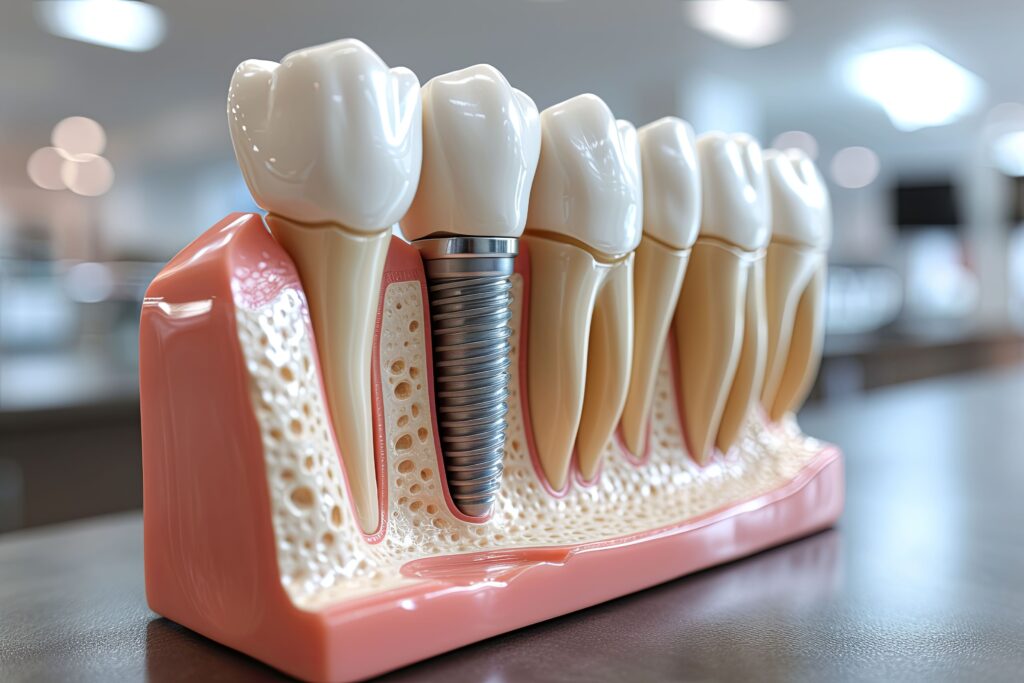
Many experts consider dental implants the ideal way to replace missing teeth because of their many unique advantages. Unlike dentures and dental bridges, they are embedded directly into the jawbone for added strength and stability. Plus, they’re made with biocompatible materials that can be customized to look like your natural teeth for a seamless smile.
However, these restorations haven’t always been so successful. Continue reading to learn more about the fascinating history of dental implants so you can appreciate your new tooth that much more!
Ancient Attempts
Tooth loss is far from a contemporary concern; archeologists have found evidence that cultures around the world struggled to replace missing teeth. For instance, the first “dental implant” can be traced to China around 600 A.D. Back then, carved bamboo pegs were sometimes used to fill in spaces in the jaw.
Egyptians carved pegs from previous materials, including ivory and jade, to be inserted into the jawbone. In fact, the first recorded case of a metal dental implant was found in an Egyptian king dated to about 1000 B.C.
Bonding Blues
Unfortunately, the materials that ancient peoples used to restore their smiles often weren’t able to integrate with their jawbones, so their bodies rejected them. In an attempt to find materials that could successfully integrate with bone material, European scientists between 1500 to 1800 experimented with gold, other metallic alloys, and porcelain to fabricate teeth that would stay put.
Without many effective alternatives, the primary source for replacements came from cadavers who had fallen in the field during battle.
Modern Materials
Finally, in the 1900s, two brother doctors, Alvin and Moses Strock, observed physicians using Vitallium (chromium-cobalt alloy) in hip bone implants and decided to try using it to replace a missing tooth. They’re now credited with placing the first successful endosteal (in the bone) dental implant.
Then, in 1952, a Swedish orthopedic surgeon, Dr. Per-Ingar Brånemark, accidentally discovered that titanium fuses with bone material while studying bone healing and regeneration. He placed a rod into a rabbit’s femur only to realize later that he could not remove it because the materials had fused together. In 1965, he successfully placed a titanium-based replacement tooth in a patient’s mouth.
Today, implants are considered more lifelike and comfortable than ever before, and because they’re placed with the help of increasingly advanced technology, they’re also more accurate. They have an incredibly high success rate of more than 90%, meaning they’re not likely to fail if you care for them correctly.
Thanks to ongoing advancements in dental techniques, technology, and resources, today, dental implants look and function like natural teeth to restore your beautiful smile!
Meet the Author
Dr. Jasmine King has 20 years of experience helping people of all ages build and maintain happy and healthy teeth and gums. She earned her Doctor of Dental Surgery from the University of Tennessee College of Dentistry and is a valued member of several prestigious organizations, including the American Dental Association. She has also completed advanced training and is equipped with state-of-the-art technology to provide each step of the dental implant process in the office. You can request an appointment on the website or call (817) 292-7488.
